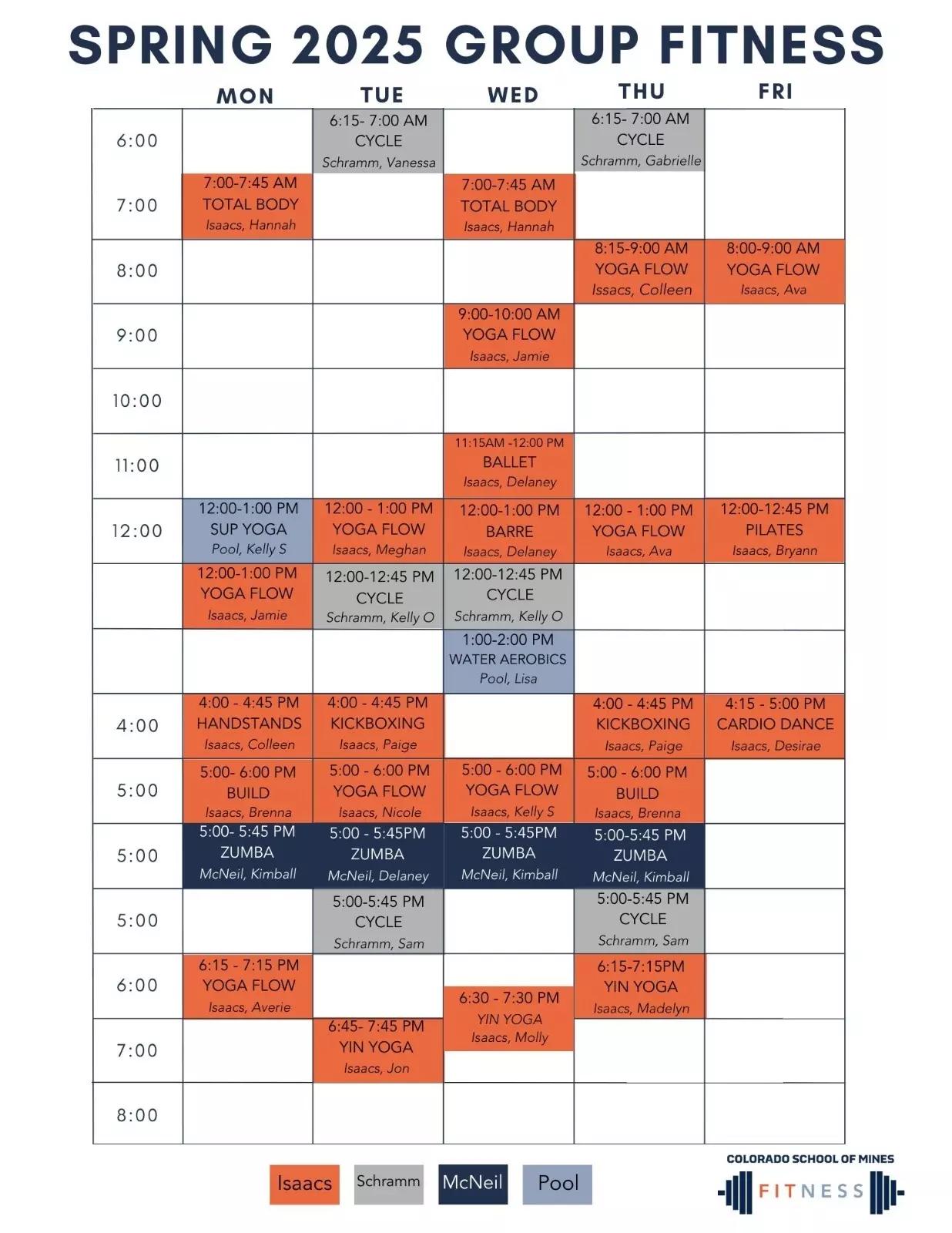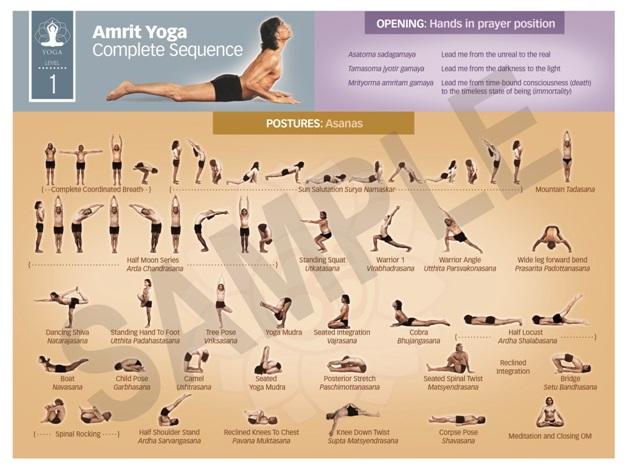In the ever-evolving landscape of health and fitness, yoga and Pilates stand out as two complementary practices that not only strengthen the body but also cultivate inner peace and mindfulness. As more individuals seek to harness the benefits of these disciplines, the question arises: How can you optimize your practice for maximum results? This article delves into the intricacies of creating the ideal weekly schedule that balances both yoga and Pilates, offering a blueprint that caters to various levels of experience and personal goals. Whether you’re aiming to increase flexibility, build core strength, or simply find a moment of tranquility in your week, we’ll guide you through the perfect blend of sessions designed to elevate your overall well-being. Join us as we explore the best practices, tips, and strategies to transform your routine into a harmonious and effective journey toward a healthier self.
Table of Contents
- Mastering Your Flow: Balancing Yoga and Pilates in a Weekly Routine
- Optimizing Your Session Times: How to Maximize Your Practice Efficiency
- Diversity in Poses: Tailoring Your Weekly Schedule for Peak Performance
- Listening to Your Body: Adjusting Intensity for Sustainable Results
- Q&A
- Future Outlook
mastering Your Flow: balancing Yoga and Pilates in a Weekly Routine
to create a harmonious balance between yoga and Pilates, consider integrating them into your weekly routine based on your personal goals and fitness levels. Both practices offer unique benefits: yoga enhances flexibility and mindfulness, while Pilates focuses on core strength and stability.Tailoring your schedule can help you maximize the results from both disciplines. Here’s a sample weekly structure to get you started:
| Day | Activity | Focus |
|---|---|---|
| Monday | Yoga – Flow Class | Flexibility & Relaxation |
| Tuesday | Pilates – Mat Class | Core Strength |
| Wednesday | Yoga – Hatha | Balance & Stability |
| Thursday | Pilates – Reformer Session | Posture & Alignment |
| Friday | Yoga – Restorative | Recovery & Meditation |
| saturday | Pilates – Cardio Fusion | Endurance & Toning |
| Sunday | – Rest Day – | Self-Care & Reflection |
In addition to your weekly classes, consider incorporating short home sessions to enhance your practice. Utilizing a combination of guided videos or self-led practices can help deepen your understanding of both yoga and Pilates.Here are some tips to optimize your routine:
- Mind Your Breath: Focus on your breathing technique in both practices for increased mindfulness.
- Cross-Train: use yoga to improve your Pilates form and vice versa; this helps avoid plateaus.
- Listen to Your Body: Adjust the intensity based on your energy levels to ensure sustainable progress.
Optimizing Your Session Times: How to Maximize your Practice Efficiency
To truly enhance your practice and maximize the benefits of both yoga and Pilates, it’s imperative to structure your sessions thoughtfully. Start by determining the optimal length for each class, as this can significantly affect your concentration and performance. Most experts recommend sessions of 60 to 90 minutes, which provides ample time for warm-ups, practice, and cooldowns. Additionally, consider incorporating various types of sessions throughout the week to keep your practice diverse and engaging:
- Hatha Yoga: Focus on foundational poses for flexibility and balance.
- Vinyasa Flow: Incorporate dynamic movements for increased heart rate.
- Pilates Mat: Emphasize core strength and stability.
- Pilates reformer: Engage in resistance training for a full-body workout.
Additionally, track your energy levels and how they fluctuate throughout the week. Many practitioners report feeling more energized towards the weekends, suggesting an ideal time for more intensive sessions. Consider this sample weekly schedule to help guide your practice:
| Day | Session Type | Duration |
|---|---|---|
| Monday | Hatha Yoga | 60 minutes |
| Wednesday | vinyasa Flow | 75 minutes |
| Friday | Pilates Mat | 60 minutes |
| Saturday | Pilates Reformer | 90 minutes |
| Sunday | Restorative Yoga | 60 minutes |
By varying the types of classes and the intensity throughout your week, you’ll not only stay more engaged but also allow your body to recover appropriately in between tougher sessions. This keeps your practice sustainable and enhances your overall wellbeing.
Diversity in Poses: Tailoring your weekly Schedule for Peak Performance
To unlock the full potential of your weekly practice, diversity in poses is essential. A well-structured schedule shoudl encompass various styles and focuses that cater to both your physical and mental well-being. Consider incorporating a blend of Hatha for foundational strength, Vinyasa for fluid movement, and Yin for deep relaxation. Additionally, don’t overlook the benefits of Pilates for core stability and flexibility enhancement. Try organizing your week as follows:
- Monday: Hatha Yoga – Focus on foundational postures and alignment.
- Wednesday: Vinyasa Flow – Emphasize breath and seamless transitions.
- Friday: Pilates – Core strengthening and stability.
- Sunday: Yin yoga - Deep stretches and relaxation.
This balance not only keeps your routine engaging but also prevents plateaus in your progress. Mixing it up throughout the week promotes muscle adaptation and enhances flexibility in both body and mind. To maximize your results, consider these tips for each session:
| Day | Pose Focus | Duration |
|---|---|---|
| Monday | standing Poses | 60 mins |
| Wednesday | Sun Salutations | 45 mins |
| Friday | Core Exercises | 30 mins |
| Sunday | Seated Stretches | 60 mins |
Remember to listen to your body and adapt this framework as necessary. Experimenting with different sequencing and styles can lead to unexpected gains and keep your practice fresh. Ultimately, the goal is to cultivate not just physical strength, but also a harmonious connection between mind and body through mindful movement and intentional breath.
Listening to Your Body: Adjusting Intensity for Sustainable Results
to achieve sustainable results in your yoga and Pilates practice, it’s essential to be attuned to the signals your body sends you. Understanding when to push through a challenging pose and when to ease up is crucial for both physical and mental wellness. Each session should be approached with an open mind,allowing your body to guide the intensity of your practice. Here are some tips to consider:
- Observe Your Energy Levels: Notice how you feel before,during,and after each session. If fatigue sets in, consider reducing the intensity.
- Focus on Breathing: Deep, steady breathing can help you gauge whether to deepen a pose or take a step back.
- Use Modifications: If a pose feels too intense, explore variations or props that support your practice.
- Listen to Discomfort: Distinguish between productive stretching and pain; stop if something feels wrong.
Incorporating these mindful approaches into your routine not only fosters a safe practice but enhances long-term engagement and progress. Consider utilizing a simple tracking system to evaluate your intensity levels over time. The following table highlights a sample weekly schedule, emphasizing how to adjust intensity based on individual feedback:
| Day | Session Type | Intensity Level |
|---|---|---|
| Monday | Gentle Yoga | Low |
| Tuesday | Pilates Core | Medium |
| Wednesday | Restorative Yoga | Low |
| Thursday | Dynamic Pilates | High |
| Friday | Vinyasa Flow | Medium |
| Saturday | Yoga Stretch | Low |
| Sunday | Rest | N/A |
Q&A
Q: What is the ideal weekly schedule for incorporating both yoga and Pilates?
A: A balanced approach would include three sessions of yoga and two sessions of Pilates each week. Such as,consider zoning in on yoga on Mondays,wednesdays,and Fridays. Reserve Tuesdays and Thursdays for Pilates, allowing your muscles to recover over the weekend while also maintaining flexibility and strength.
Q: How do yoga and Pilates differ in terms of benefits?
A: While both promote strength, flexibility, and mindfulness, yoga often emphasizes breath control and relaxation, making it great for stress relief and improving overall mental clarity. Pilates, on the other hand, focuses more on core strength and stability, making it an ideal practice for enhancing athletic performance and rehabilitation.
Q: Can beginners easily follow this schedule?
A: Yes! This schedule can be tailored to suit beginners. Starting with simpler poses in yoga classes and modifying Pilates exercises for different levels provides a comfortable entry point. It’s crucial to listen to your body and progress at your own pace.
Q: How much time should be allocated to each session?
A: Each session can vary, but a good target is 60 minutes per class. This timeframe allows ample opportunity to warm up,dive into the main practice,and cool down,ensuring that you maximize both physical and mental benefits.
Q: Should I focus on different styles of yoga or Pilates?
A: Absolutely! Exploring various styles can enhance your practice. Consider Vinyasa or Hatha yoga for dynamic movement and flexibility on yoga days. For Pilates,a conventional mat class combined with some reformer sessions can provide well-rounded strength training.
Q: What should I do if I miss a scheduled class?
A: Missing a class is perfectly okay! Life happens. Rather, try to incorporate a short 20-minute practice at home focusing on yoga stretches or Pilates exercises to maintain momentum. Consistency is key,but flexibility in your routine is equally critically important.
Q: How can I measure my progress with this schedule?
A: Track your progress through various metrics. You might notice improvements in flexibility and strength or even feel more relaxed and focused overall.Keeping a journal to note how you feel after each session can provide insights into your personal growth and development in both practices.
Q: Is it important to have rest days in between sessions?
A: Yes, rest days are vital for recovery and muscle rebuilding! This helps prevent burnout and injury while still maintaining an active lifestyle. Use these days for light activities such as walking or gentle stretching, or simply allow yourself time to relax and recharge.
Q: Are there specific warm-up or cool-down routines you would recommend?
A: Definitely! For warm-ups,take 5-10 minutes to engage in deep breathing and gentle movements like cat-cow stretches in yoga or bridging exercises in Pilates.For cool-downs, end with restorative poses like child’s pose or lying leg stretches to help ease any tension and promote relaxation.
This creative Q&A section aims to provide clarity on the integration of yoga and Pilates into a weekly schedule, ensuring readers can maximize their results while enjoying the journey of their practice!
Future outlook
finding the perfect balance in your weekly yoga and Pilates schedule is a journey that invites both introspection and exploration. By thoughtfully integrating various styles and intensity levels, you can nurture your body while cultivating mindfulness and strength. Remember, the key lies not just in consistency, but in listening to your own body and adapting to its needs along the way.
Whether you’re a beginner or a seasoned practitioner, this tailored schedule serves as a flexible guide, giving you the freedom to adjust and grow at your own pace. embrace the process, celebrate your progress, and let each session be a step toward your ultimate wellness goals. with dedication and the right approach, you’ll unlock the transformative potential of these practices, enriching both your physical and mental well-being. Now, roll out your mat, breathe deeply, and embark on this empowering journey to discover the best version of yourself.




